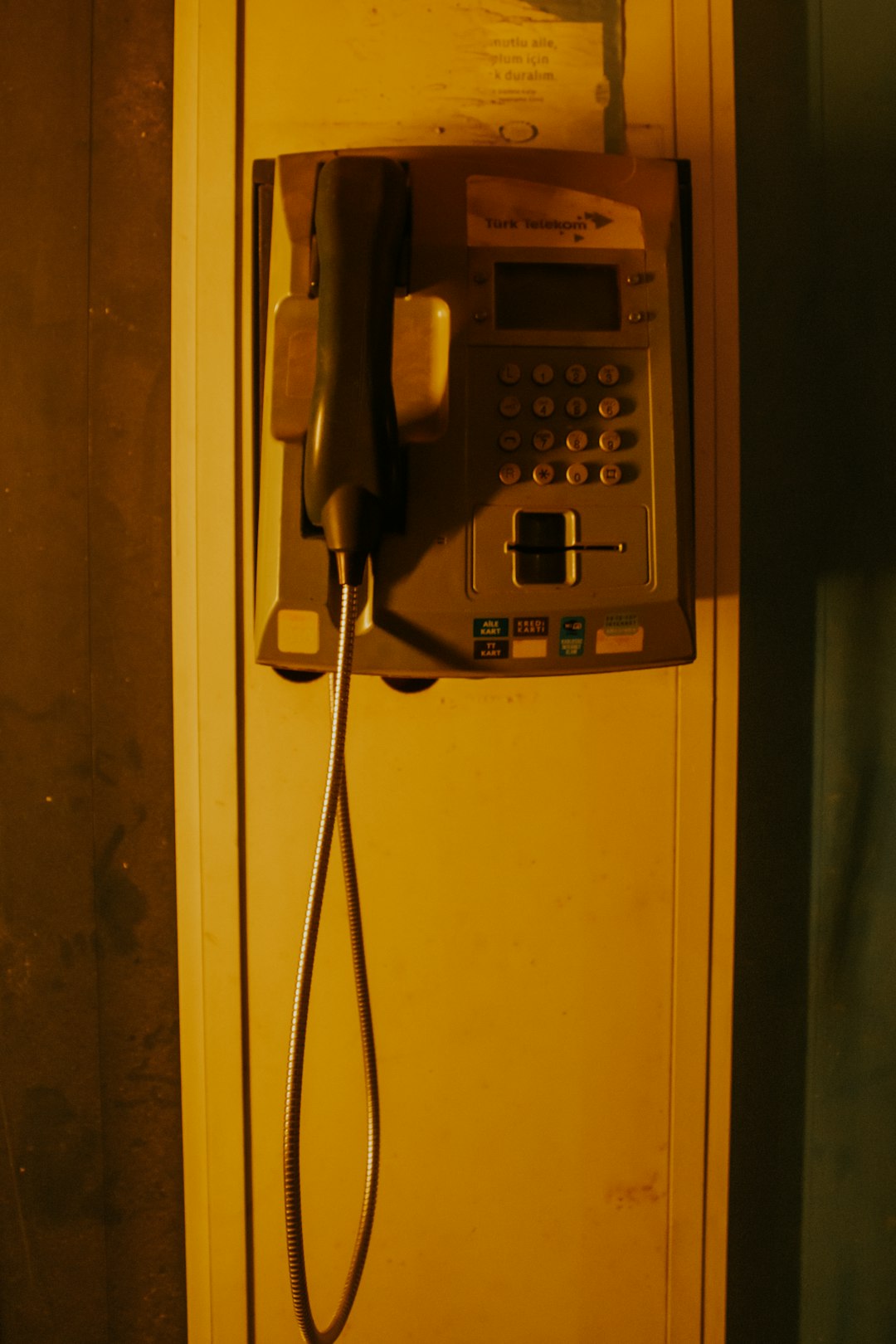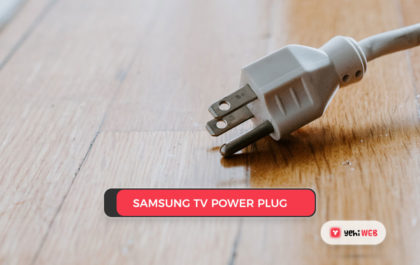The RJ-11 phone jack is a compact and standardized interface used primarily for connecting telephones, modems, and fax machines to telecommunications networks. Despite the increased use of digital and wireless technology, the RJ-11 connector remains an important component in both residential and commercial telephony systems. Understanding what an RJ-11 jack is, how it works, and where it’s used can help users make informed decisions about setting up or troubleshooting legacy communication systems.
What Is an RJ-11 Phone Jack?
The term RJ-11 stands for Registered Jack-11, which is a designation used by the Federal Communications Commission (FCC) to standardize interfaces for telecommunication equipment. It typically refers to the physical interface used to connect analog telephones to a telephone line. The RJ-11 jack is most often associated with single-line telephone systems, especially in homes and small businesses.
Physically, the RJ-11 connector is a small plastic jack that houses up to six contacts. However, the most common configuration uses two or four wires, allowing for a single telephone line or, in some cases, two parallel lines. The small, modular design of these jacks makes them easy to install and replace without specialized tools.

Technical Specifications
The standard RJ-11 connector utilizes a modular connector known as 6P2C or 6P4C, where:
- 6P stands for “six positions,” or six available contact slots in the plug.
- 2C or 4C refers to how many of those positions have actual conductors (contacts).
In a common home telephone setup, a 6P2C configuration is used, with only the middle two pins carrying the signal. Some installations use 6P4C connectors to allow for a second phone line, often utilized in office settings or multi-line systems.
RJ-11 connectors are primarily used with unshielded twisted pair (UTP) cable, such as CAT3. Although not designed for high-speed data, these cables are more than sufficient for voice and narrowband data transmission, such as fax or low-speed modems.
Function and Operation
An RJ-11 jack serves as the termination point for a telephone cable. When you plug a telephone or modem into the jack, it connects the device to the telephone network, allowing transmission of analog voice or signal data. The two inner wires carry the Tip (positive) and Ring (negative) lines, which are terms carried over from the plug contacts of traditional switchboard connectors.
These wires form a simple electrical circuit completed through the central office switch or VoIP gateway, enabling two-way communication. While today’s advanced telephony infrastructure supports many sophisticated features, the RJ-11 interface remains straightforward and easy to use.
Common Uses
Despite the growth of digital communication, the RJ-11 jack still serves several valuable functions:
- Landline telephones: The most traditional and widespread usage of RJ-11 jacks, especially in environments where reliability is crucial, such as emergency systems.
- Fax machines: Though declining, fax communication is still prevalent in legal and medical settings and often relies on RJ-11 connections.
- DSL internet: Many DSL modems use RJ-11 to connect to telephone lines, separating voice and data signals through filters or splitters.
- Modems: Analog dial-up modems continue to use RJ-11 plugs for connectivity, especially in regions with limited broadband access.

RJ-11 vs RJ-45
The RJ-11 is sometimes confused with the RJ-45 jack, commonly used for Ethernet networking. Though both connectors look similar and are based on the same modular design, they are not interchangeable. Here’s a breakdown of the key differences:
- Size: RJ-45 connectors are larger than RJ-11.
- Contacts: RJ-45 uses an 8P8C configuration (eight positions, eight contacts), while RJ-11 uses up to 6P4C.
- Function: RJ-45 is used for data networking, while RJ-11 is used for analog telephony and low-speed data transmission.
Plugging an RJ-11 cable into an RJ-45 port may loosely fit, but it won’t work and can potentially damage the device.
Installation and Maintenance
Installing a new RJ-11 jack involves basic tools and cabling knowledge. Key steps include:
- Choosing an appropriate location for the wall jack.
- Running telephone cable (typically CAT3 or CAT5) to the desired location.
- Wiring the correct pins (typically pins 3 and 4 for a single line).
- Securing the jack faceplate to the wall and testing it with a telephone handset.
Maintenance of existing RJ-11 connections typically revolves around ensuring good contact, checking for corrosion, and inspecting cables for physical damage.
Limitations
While useful, RJ-11 is not without its limitations:
- Bandwidth: RJ-11 supports only low-bandwidth communications, unsuitable for modern high-speed data needs.
- Distance: Signal degradation can occur over long lengths of cable without signal boosters.
- Compatibility: It is not suitable for network data transmission or integration with digital PBX or VoIP systems without adapters and converters.
As a result, newer buildings increasingly favor Ethernet (RJ-45) or wireless systems, but RJ-11 remains vital in legacy and hybrid installations.
The Future of RJ-11
Though gradually being phased out in favor of IP-based solutions, RJ-11 jacks are still found in many households and smaller offices. As long as analog phone lines and DSL services exist, the humble RJ-11 will continue to play a role. Additionally, its simplicity and low cost make it attractive in areas with limited access to modern infrastructure.
Frequently Asked Questions
- Q: Can I use an RJ-11 cable with an RJ-45 port?
A: No. While an RJ-11 plug may physically fit into an RJ-45 port due to its smaller size, doing so can damage the port and will not facilitate data transfer. - Q: Is RJ-11 still used today?
A: Yes. While less common in new installations, RJ-11 is still used for landlines, fax machines, DSL connections, and legacy modems. - Q: What does “6P4C” mean?
A: This refers to the connector having six positions for pins, with four of them being equipped with conductors to carry a signal. - Q: Can RJ-11 handle internet connections?
A: RJ-11 is used only for DSL connections where internet travels over the telephone line. It doesn’t support high-speed Ethernet connections like an RJ-45 does. - Q: How can I identify an RJ-11 jack?
A: RJ-11 jacks are small, modular ports often found on walls or extension cables, usually bearing two or four metal contacts. They’re smaller than Ethernet jacks.
In conclusion, the RJ-11 phone jack may not be the technology of the future, but it remains an integral part of today’s communication infrastructure. Its simple design, low cost, and widespread compatibility ensure this tiny connector continues to connect people and services across the globe.
yehiweb
Related posts
New Articles
How to Create Emby DLNA Profile for Samsung TV
Streaming movies on your big Samsung TV using Emby is pure magic. But sometimes, things just don’t work quite right….


